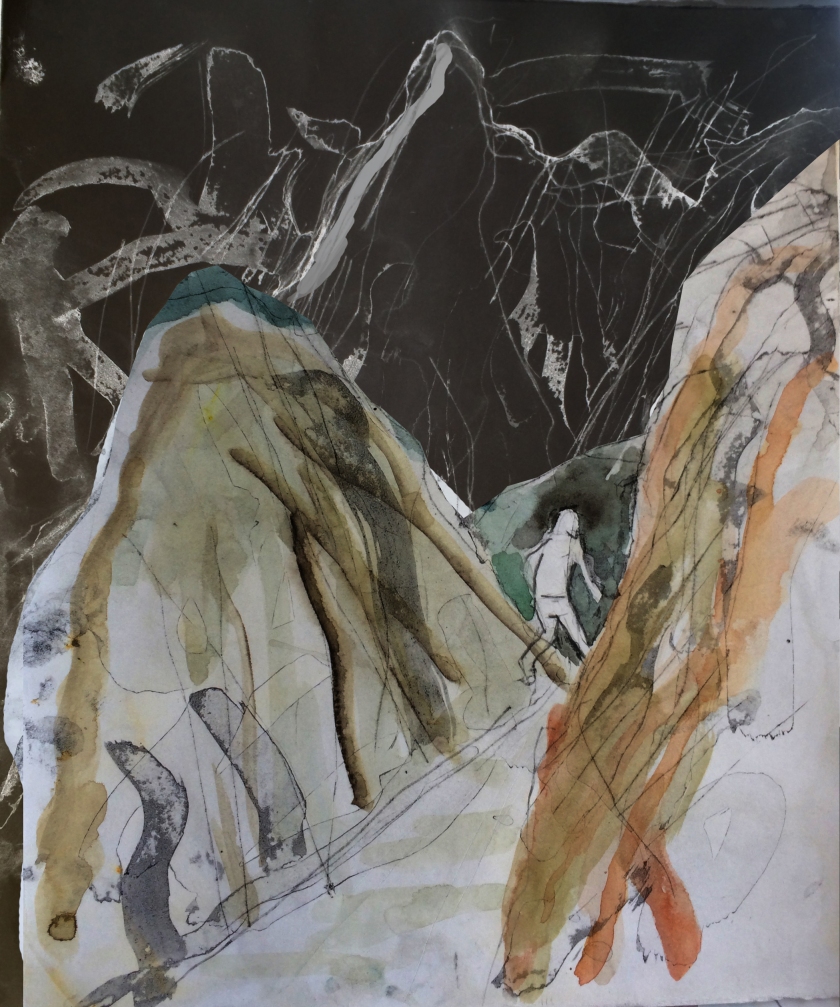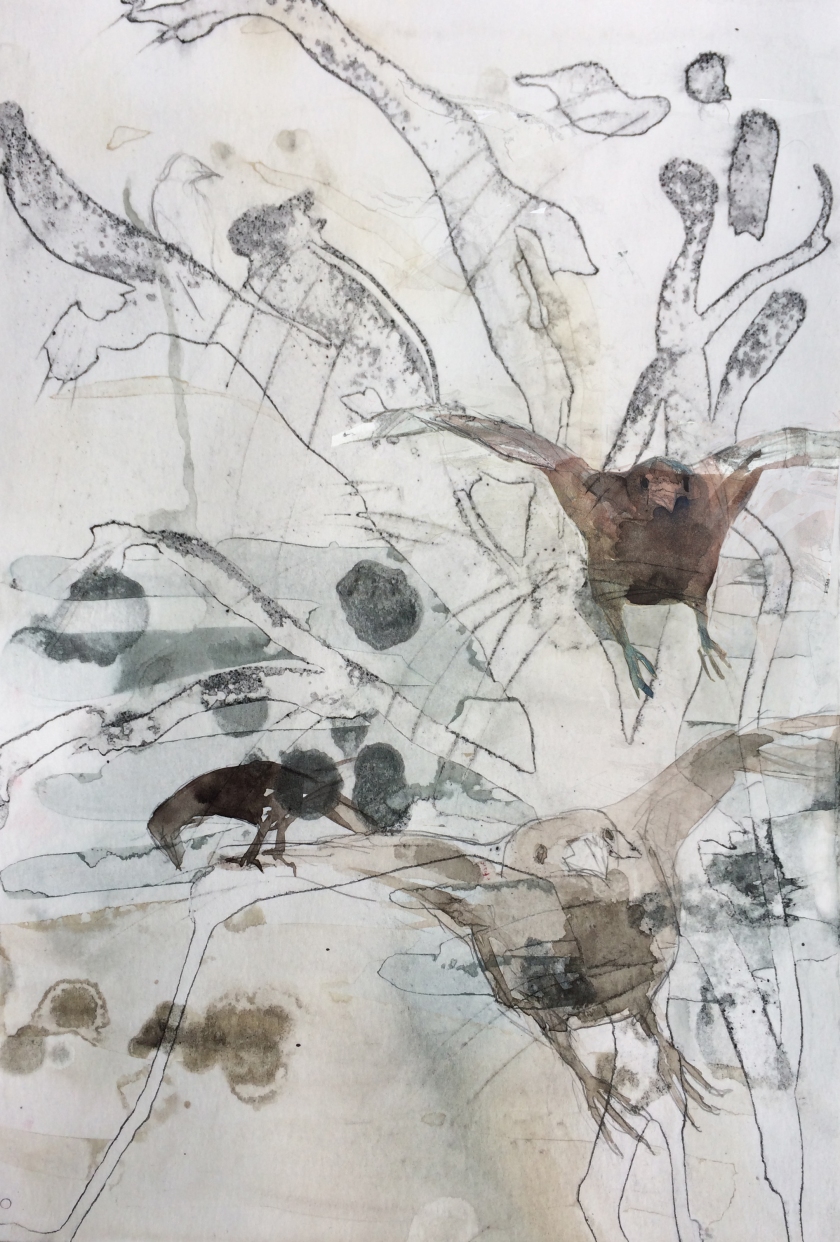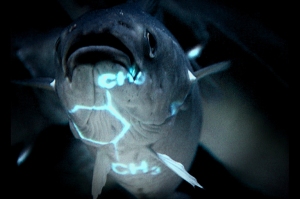I found three books, relevant to my research paper when I helped sort books from a deceased family member’s apartment.

How to design by Accident, James F. O’Brien, 1968:
Chance is beloved of Art, and Art of Chance.
Agathon fragments (c. 415 B.C.), quoted by Aristotle
In the retreat from the realistic image, things that were at one time considered to be only the ingredients have become the subject matter of paintings for many artists. Composition, color, tonal values, the way paint is applied, even the materials themselves, are acceptable subjects. With Pollock, the subject was the paint itself and the interesting way it arranged itself into globs, drips, and dribbles, winding and curving its way over the surface of the canvas with minimal control by the artist.

The Art of Assemblage, William C. Seitz, 1961:
Save for a few calculated examples, the physical characteristics that these collages, objects, and constructions have in common can be stated simply:
1. They are predominantly assembled rather than painted, drawn, modeled, or carved.
2. Entirely or in part, their constituent elements are preformed natural or manufactured materials, objects, or fragments not intended as an art material.
The book is about assemblage from 1910 to the end of 50’s. Artists like Picasso, Jean Arp, Duchamp, George Brecht, Louise Nevelson, Miró, Cornell, Rauschenberg is to be found.

Billedleg (Picture game), Gunnar Sneum, 1962:
The book is an introduction to create images in a playful way. Fx. a chapter about composition has this subtitle: How can the squiggle be arranged.




